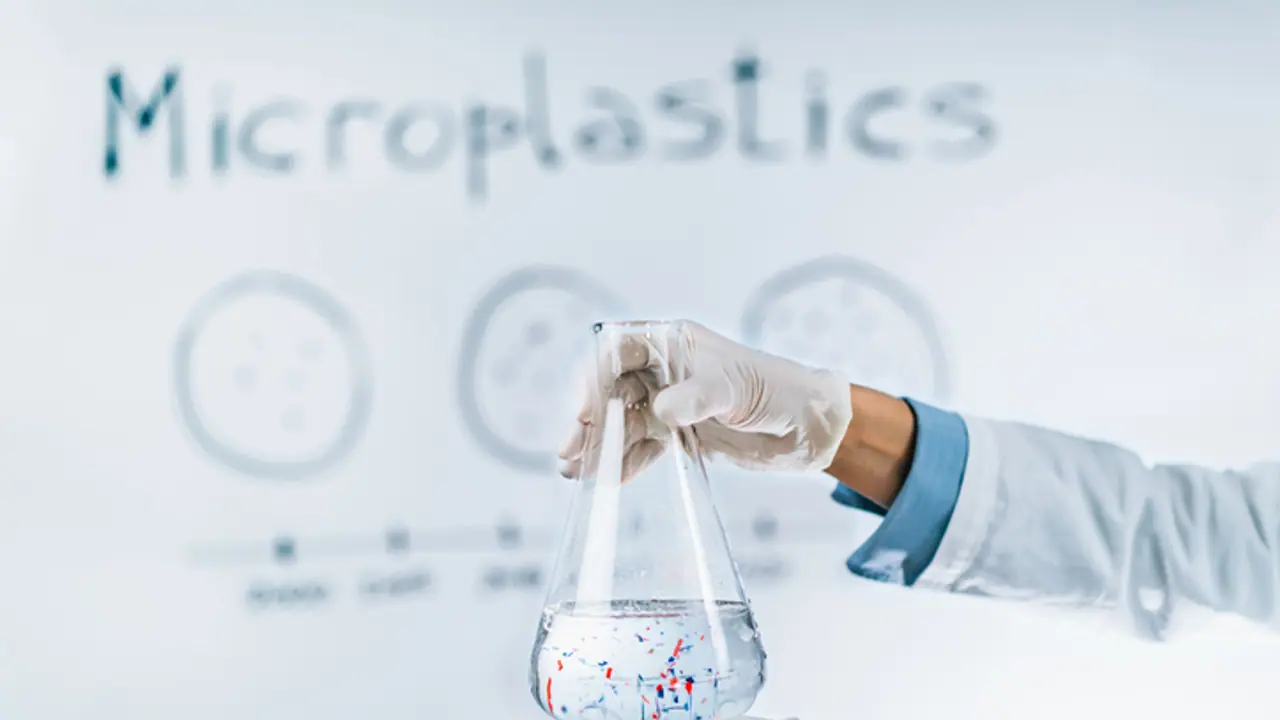A groundbreaking study has sparked renewed alarm over the safety of drinking water, revealing a disturbing connection between microplastics and bladder cancer.
A groundbreaking study has sparked renewed alarm over the safety of drinking water, revealing a disturbing connection between microplastics and bladder cancer. Researchers from Bond University, Australia, have found microplastic particles present in a staggering 68% of bladder cancer cases, suggesting these invisible pollutants may be a far greater threat than previously believed.

The study directly challenges a 2019 report by the World Health Organization (WHO), which had downplayed concerns about the health risks of microplastics in drinking water. The WHO previously asserted that these minuscule plastic particles posed no significant danger to human health. But this new evidence is causing experts to call for a drastic reassessment.
"As a result, institutions such as the World Health Organisation need to urgently reevaluate their position on the threat of microplastics to public health," the researchers urged, underlining the potential for far-reaching consequences.
The researchers reviewed 18 scientific papers, six of which provided detailed investigations into the presence of microplastics and nanoplastics (MNPs) in the human urinary tract. Alarming findings showed that microplastics had infiltrated kidney tissues, urine, and samples taken from patients with bladder cancer.
Beyond mere presence, these microplastics are wreaking havoc at the cellular level. The study highlights the cytotoxic effects of these particles, linking them to inflammation, reduced cell viability, and disruptions to key cellular signaling pathways. "These microplastics have cytotoxic effects, increase inflammation, decrease cell viability and alter mitogen-activated protein kinases (MAPK) signaling pathways," the researchers emphasized.
What Are Microplastics and How Do They Harm Us?
Microplastics, tiny fragments less than 5 millimeters in size, have infiltrated virtually every corner of the environment—from oceans to rivers, from soil to the very air we breathe. Their widespread presence is largely due to rampant plastic usage and poor waste management practices. Over time, larger plastic items degrade, fragmenting into these tiny particles through exposure to sunlight, wind, and water.
Human exposure to microplastics primarily occurs through ingestion and inhalation. Studies show that these particles are present in seafood, as marine animals often mistake plastic for food. Worryingly, both tap and bottled water have also been found to contain microplastic particles. In urban environments, microplastics are omnipresent in the air, lodging themselves in the lungs as we breathe.
Once inside the human body, these particles can travel through the digestive system or respiratory tract, potentially causing cellular damage, inflammation, and the release of harmful toxins. Research has confirmed the presence of microplastics in several organs, including the lungs, liver, kidneys, and spleen, where their accumulation could disrupt normal functions.
In particular, microplastics inhaled into the lungs can trigger respiratory issues and inflammation. The liver and kidneys, which filter blood and detoxify the body, are at risk of accumulating these particles, posing threats to their function. Additionally, the spleen, an organ central to the immune system, may experience interference in its vital role of defending against infections.
This new research presents a critical challenge to global health authorities and raises urgent questions about the long-term impacts of plastic pollution on human health. As more studies continue to uncover the depth of this crisis, the pressure is mounting on the WHO and other organizations to reassess current water safety standards and take decisive action against the pervasive threat of microplastics
